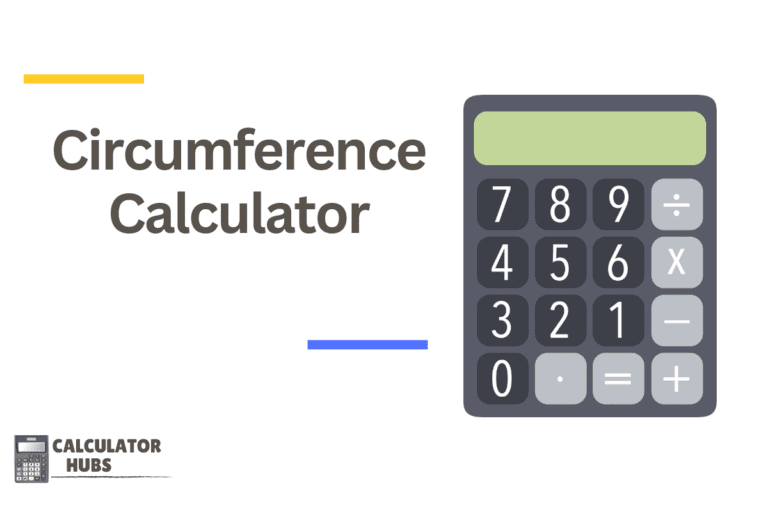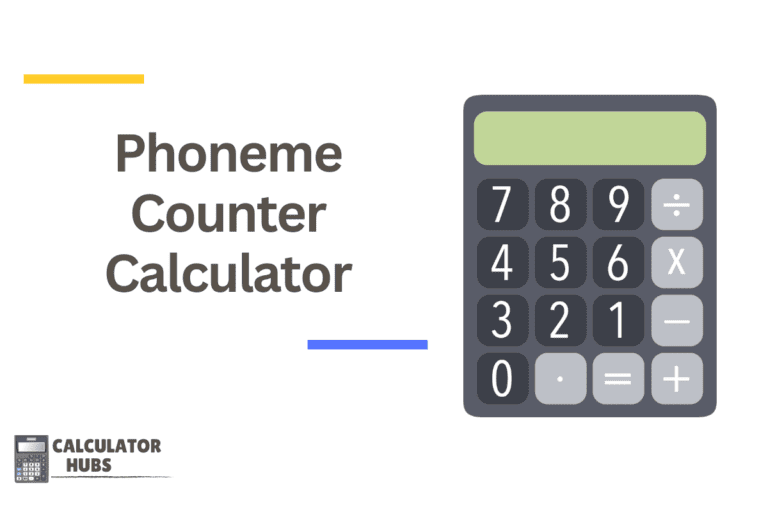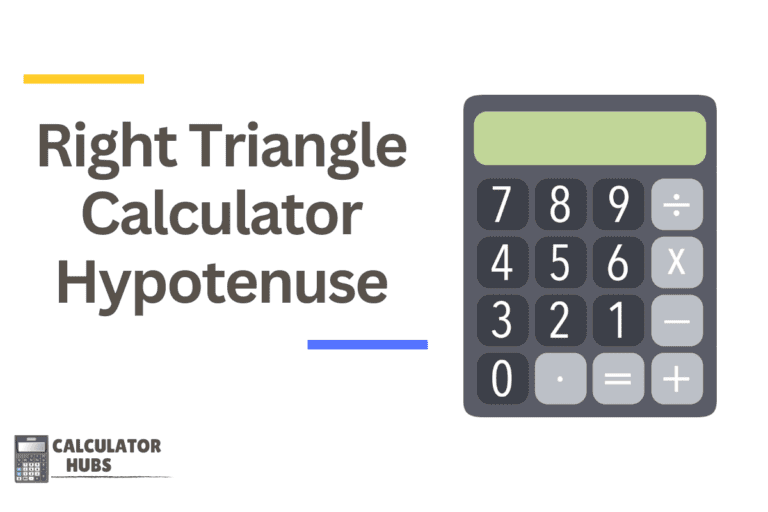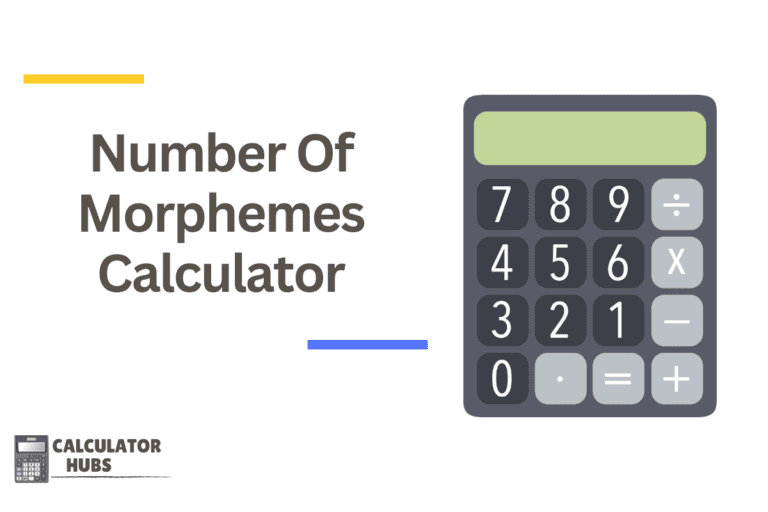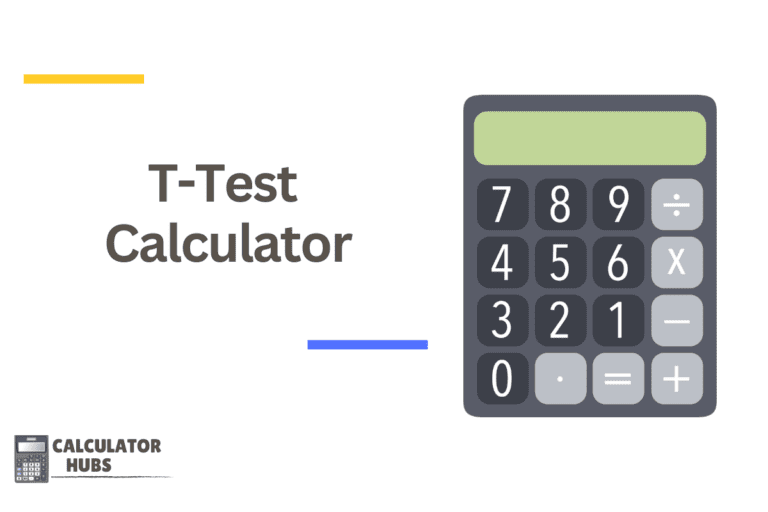Derivative Calculator
Derivative: 0
Derivative Calculator is an essential tool for students, educators, and professionals in mathematics, physics, and engineering fields. It streamlines the process of finding derivatives, which are fundamental to understanding the behavior of functions, particularly rates of change and slopes of curves.
How the Derivative Calculator Works
The Derivative Calculator automates the differentiation of mathematical expressions, providing quick solutions and, in many cases, detailed step-by-step procedures. This is particularly valuable in educational contexts where understanding the computational steps is crucial.
Key Features:
- Function Input: Users can enter any mathematical function, and the calculator will compute its derivative.
- Symbolic Differentiation: It handles symbolic expressions, differentiating with respect to any variable.
- Higher-Order Derivatives: Capable of computing first, second, third, and higher-order derivatives.
- Graphical Display: Some derivative calculators can also graph the original function and its derivative(s), aiding in visual learning.
Typical Inputs:
- Mathematical Function: The function you need to differentiate.
- Variable of Differentiation: The variable with respect to which the function is to be differentiated.
- Order of Derivative: Indicates whether the first, second, third, or higher derivative is required.
General Terms and Definitions Table
| Term | Definition |
|---|---|
| Derivative | A measure of how a function changes as its input changes. |
| Function | A mathematical expression involving one or more variables. |
| Variable | A symbol representing an input within the function. |
| Higher-Order Derivative | Derivatives of derivatives, indicating deeper levels of rate changes. |
Example of Calculator Use
Scenario:
Calculate the first derivative of the function ( f(x) = x^2 + 3x + 2 ).
Steps:
- Input the function: ( f(x) = x^2 + 3x + 2 )
- Specify the differentiation variable: ( x )
- Select the order of the derivative: First derivative
Output:
- Derivative: ( f'(x) = 2x + 3 )
This result shows that for the function ( x^2 + 3x + 2 ), the rate of change or slope of the tangent at any point ( x ) on the graph is ( 2x + 3 ).
Most Common FAQs
1. Can the Derivative Calculator handle implicit differentiation?
Yes, advanced derivative calculators can perform implicit differentiation, useful for functions where one variable is defined implicitly in terms of another.
2. How does the calculator deal with trigonometric functions?
Derivative calculators are equipped to differentiate standard trigonometric functions, applying well-known differentiation rules.
3. What about partial derivatives?
Many derivative calculators can compute partial derivatives, which are derivatives taken with respect to one variable while holding others constant, essential in fields like thermodynamics and quantum mechanics.
4. Can it handle complex functions?
While derivative calculators are quite powerful, highly complex functions or those involving intricate mathematical properties might be better handled with specialized software or symbolic computation tools.
5. Are there online derivative calculators?
Yes, there are several online platforms available that offer derivative calculator functionalities, often free of charge, which provide not only the solutions but also step-by-step explanations.
The Derivative Calculator is an indispensable resource for solving complex calculus problems efficiently, enabling users to focus on application and analysis rather than manual computation. This tool is invaluable in educational settings and professional fields where differentiation is frequently used.

